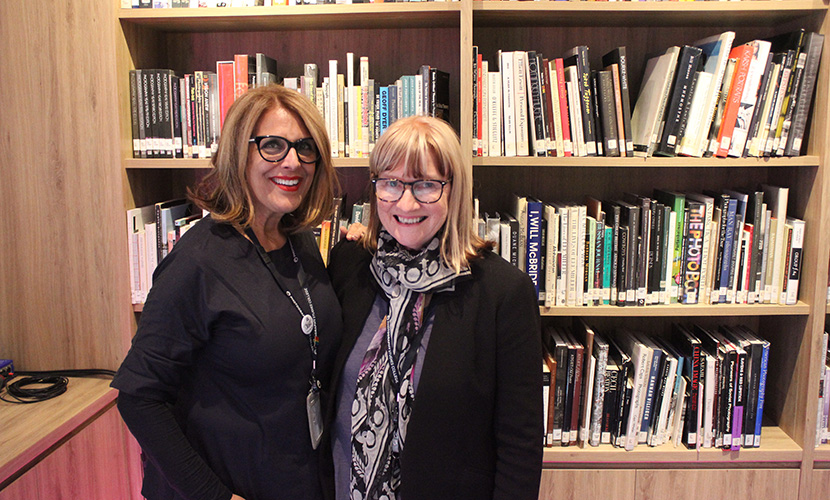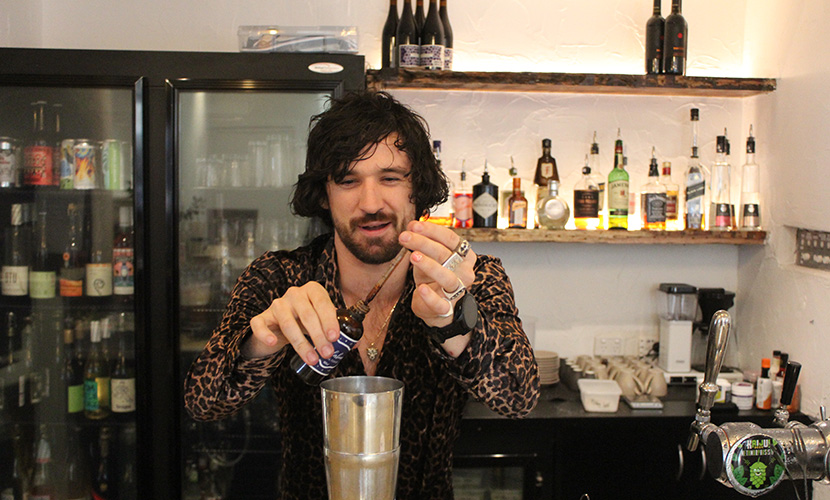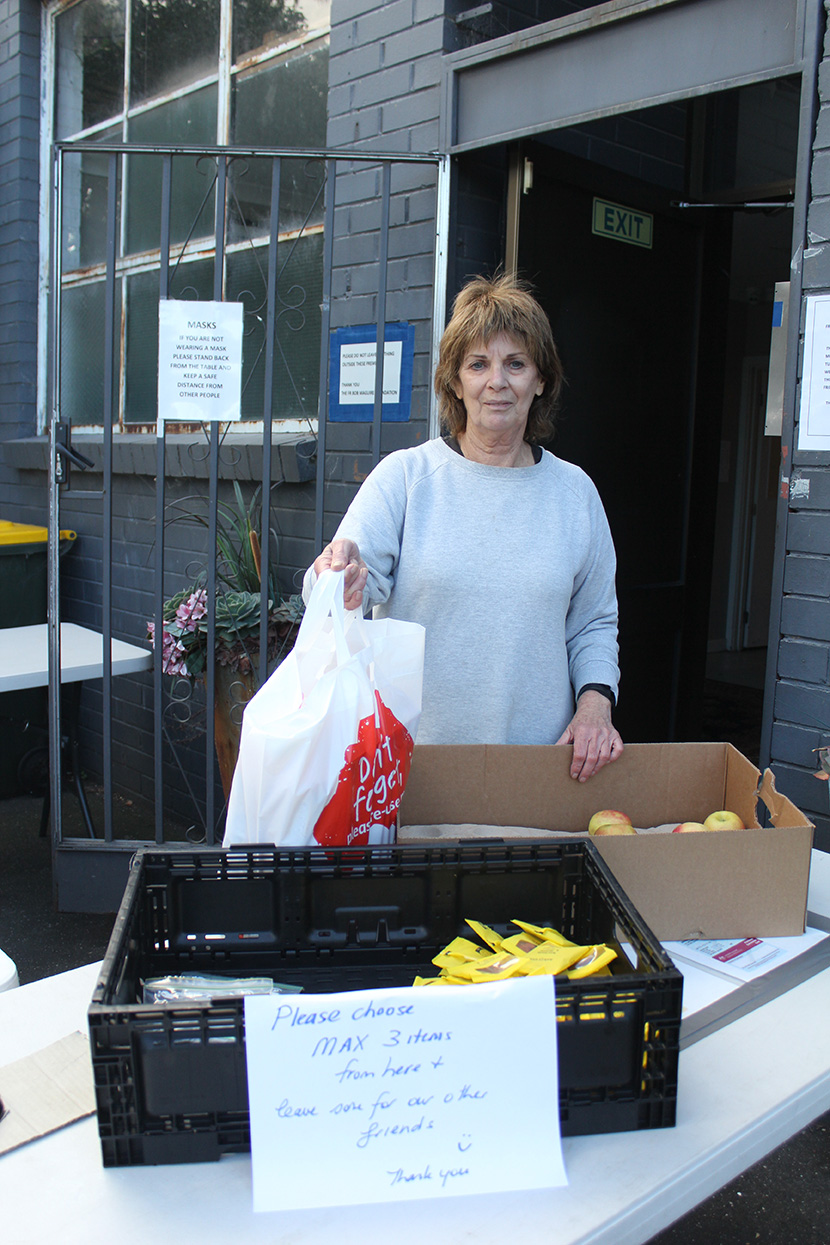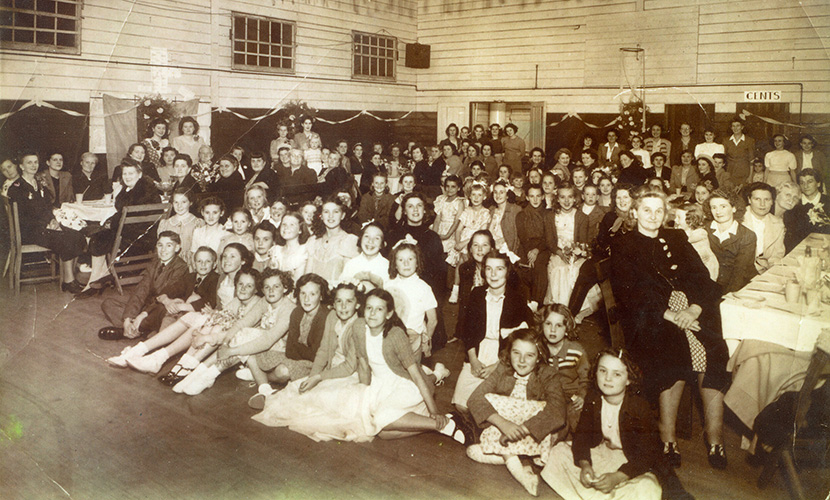
The changing face of Montague - Part 2
In the second instalment of this three-part series, Southbank News takes a look at how Australia’s biggest ever urban renewal project will impact Montague’s tight business community.
Expected to be complete by 2050, the Fishermans Bend urban renewal project will cover around 480 hectares bordered by the West Gate Fwy in the east, Lorimer St in the north, Williamstown Rd in the south and Kooringa Way to the west.
The project will consist of five distinct precincts: Lorimer, Employment Precinct, Wirraway, Sandridge, and of course, Montague.
According to the Victorian Government’s Fishermans Bend Framework, on completion the project will provide “80,000 jobs and a range of well-serviced, medium- and high-density housing options for 80,000 people.”
The promises of housing world-leading innovation look great in news headlines or government meeting rooms, but what does it mean on the ground, and what does it mean for Montague, an area rich in historical identity and community.
Showcased in the 2019 City of Port Phillip exhibition, Montague: a community lost and found, the suburb’s strength of community was based on participation in two world wars, caring for the extended family and through sharing and lending a hand in times of need.
With its own church, police station and school, Montague was a legitimate community, a sentiment echoed by one resident highlighted in the exhibition who said, “there will never be another place like Montague as we knew it. There were never many of us, but we stuck like glue.”
While only a smattering of the 2000 households which once formed Montague still stand, Photography Studies College (PSC) librarian and student support manager, Jill Bartholomeusz, said the sense of community still lived on among businesses and institutions like hers.
“Taking students on wellness walks around Montague and I find all sorts of artists in the area,” Ms Bartholomeusz said. “Some working out of garages welding in a dark garage off Thistlethwaite St. They are always happy for our students to take pictures and discuss the possibility of profiles.”
Everyone seems to stick together. Even the local panel beater was quick to help when I had a found a scratch on my car, and with cafes popping up around the area, it feels like it [Montague] is about to boom.
“It is great to see a new gallery pop up just around the corner. For us, that is fantastic because it provides our students with an opportunity to showcase their work in local galleries.”
One of Montague’s popular meeting places was local watering hole, the Golden Fleece Hotel.
First licensed in 1872, the “Fleece”, as it was affectionately known, has a chequered 150-year history.
Shifting from one owner to another for much of its lifetime, the pub was popular among Montague’s local fishermen and wharfies.
A century-and-a-half on, the Fleece still stands tall, but now dark interiors, beer-soaked carpet and pub brawls have made way for a white stone Santorini-inspired oasis.
Manager Matt Ambler said the organic response from the Golden Fleece’s renovation stages to opening has been resounding, with their Instagram “skyrocketing from zero followers to 20,000 in a matter of months.”
“To do something successful in this area, which existing pubs haven’t been able to do, is to create something that is a bit outlandish, something against the grain because it’s Montague St, it’s South Melbourne, there isn’t much foot traffic, you have to become a destination, and if it was to become just another pub, it would be overseen and overlooked,” Mr Ambler said.
“It’s an interesting mix of people who come in. We have lured both locals and visitors with the aesthetic. It’s a really broad network that also attracts of a lot of interested locals and businesses throughout the area.”
As the inevitable gulf of development and subsequent crawl of gentrification threatens this once storied working-class neighbourhood, there are still some who champion old philosophies of sharing and lending a hand in times of need
Anne Maloney is a volunteer for the Father Bob Foundation outreach HQ and community pantry.
They offer hampers for people in need, from frozen meals, fresh fruit and vegetables to pantry items, and hot meals and coffee for rough sleepers.
“People have always been able to come here for assistance with hampers, but since COVID-19 we are seeing a lot more people than before,” Ms Maloney said.
“We would never turn anyone away. We have had people from New Zealand who haven’t been able to get government assistance.”
“Supplies are all donated, and we are 100 per cent volunteer managed. Everything that comes into the warehouse is donated. We get assistance from FairShare, OzHarvest and SecondBite. We spend a small amount of money at FoodBank each week.”
While the residential presence in Montague continues to evolve into its new identity, it is plain to see the strong sense of belonging lives on through its business community •
Grab a copy of our June edition for the final instalment of this series.
Captions: PSC’s Jill Bartholomeusz and Julie Moss, the Golden Fleece’s Matt Amble, Anne Maloney from the Father Bob Foundation and the Presbyterian Mission, Mothers Group gathering, courtesy Nixon family.

Revitalisation of Alexandra Gardens progresses

Build-to-rent development gets green light in South Melbourne









 Download the Latest Edition
Download the Latest Edition